Introduction
Are Ferrets Marsupials: Ferrets are fascinating creatures that have captured the curiosity of many animal enthusiasts. While they may appear similar to some marsupials at first glance, they belong to an entirely different taxonomic group. In this exploration, we will delve into the world of ferrets and marsupials, highlighting the key distinctions that set these two groups of animals apart. By the end, you will have a clear understanding of why ferrets are not marsupials and how they fit into the broader spectrum of the animal kingdom. Ferrets are small carnivorous mammals known for their slender bodies, playful nature, and inquisitive personalities. Often kept as pets, they have a long history of domestication and have been used for various purposes, including hunting and pest control.
Their appearance, characterized by a sleek coat, sharp teeth, and a lithe frame, can sometimes lead people to wonder if they share any similarities with marsupials, a distinct group of mammals known for their unique reproductive characteristics. Marsupials, on the other hand, are a group of mammals that are defined by their reproductive method. Most marsupials give birth to relatively undeveloped live young, which then continue to develop outside the womb, typically in a pouch on the mother’s abdomen. This distinctive reproductive feature is what sets marsupials apart from other mammals, like placental mammals, which includes humans, dogs, and cats.
In this exploration, we will uncover the key distinctions between ferrets cage and marsupials, such as their reproductive strategies, anatomical differences, and evolutionary histories, to clarify why ferrets are not classified as marsupials. By understanding these differences, we can gain a deeper appreciation for the rich diversity of life within the animal kingdom and the unique characteristics that define each group of creatures. In contrast, marsupials are a distinct infraclass within the class Mammalia, characterized by their reproductive differences and unique evolutionary history.
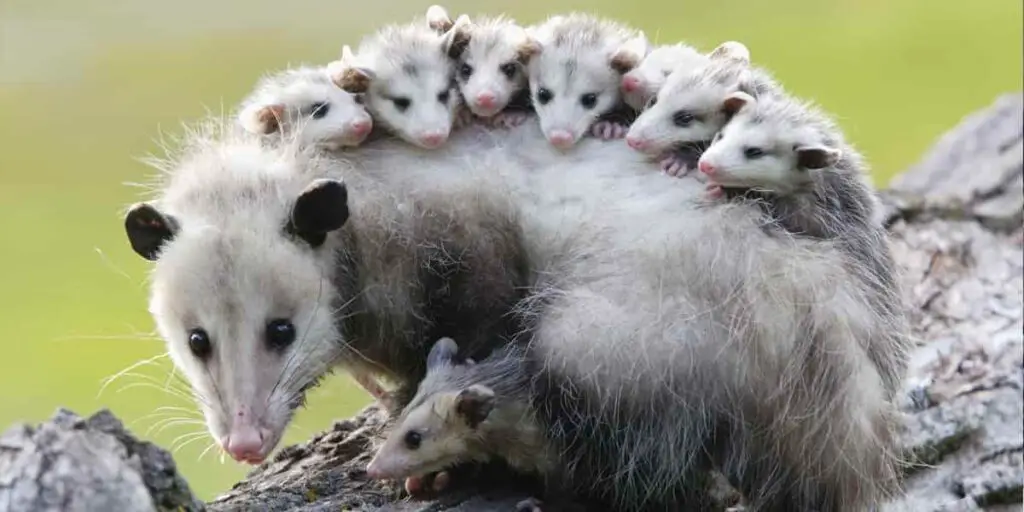
Are ferrets rodents or mammals?
Ferrets aren’t rodents – they are actually part of the weasel family! Ferrets are playful and affectionate like dogs and independent like cats, making them a perfect companion for some people. Ferrets are social! It is often recommended to have two (or more) as they like to play together.
Mammals are a diverse class of vertebrate animals characterized by several common features, including having hair or fur, mammary glands that allow females to nurse their young with milk, and a specialized inner ear bone structure. Ferrets possess all of these defining mammalian characteristics.
In contrast, rodents are a distinct order of mammals, which includes animals like rats, mice, squirrels, and beavers. They are known for their continuously growing front incisor teeth and a unique jaw structure that enables them to gnaw on a variety of materials.
Ferrets, scientifically known as Mustela putorius furo, belong to the family Mustelidae, which also includes other carnivorous mammals like weasels, stoats, minks, and otters. They are agile predators with a carnivorous diet, primarily feeding on small mammals and birds.
So, while ferrets may sometimes be mistakenly associated with rodents due to their physical appearance, they are indeed mammals, sharing common characteristics with a wide range of species within this class, including their reproductive method, body structure, and physiological traits.
Are ferrets in the hamster family?
Contrary to popular belief, ferrets are not rodents. They are not closely related to other small animals found in pet stores such as rats, mice, hamsters, and guinea pigs. Instead, ferrets are more closely related to predatory animals like dogs and cats (broadly speaking).
Ferrets, scientifically known as Mustela putorius furo, belong to the family Mustelidae, which also includes other carnivorous mammals like weasels, stoats, minks, and otters. These animals are known for their elongated, slender bodies, sharp teeth, and carnivorous diets. Ferrets have a history of domestication and have been used for various purposes, including hunting and pest control.
On the other hand, hamsters are small rodents that belong to the family Cricetidae. They are characterized by their round bodies, short legs, and cheek pouches that they use for storing food. Hamsters are herbivorous animals that primarily consume seeds, grains, and fruits. Popular hamster species kept as pets include the Syrian hamster, dwarf hamsters, and Chinese hamsters.
While both ferrets and hamsters are often beloved as pets, they have different dietary requirements, behaviors, and anatomical features. Ferrets are carnivores, while hamsters are herbivores, and their taxonomic classification places them in separate families within the broader category of mammals. Therefore, ferrets are not part of the hamster family, and they share more similarities with other members of the Mustelidae family than with rodents like hamsters.
What type of animal is ferret?
Ferrets belong to the weasel family (Mustelidae), which includes polecats, stoats, and ermines. Domesticated ferrets most likely descend from the European polecat. Ferrets were domesticated about 2,500 years ago. Historically, ferrets were used to hunt rabbits and rodents.
Physical Appearance: Ferrets typically have a sleek, fur-covered body, which can vary in color, including sable, albino, cinnamon, and more. They have a distinctive facial mask, with dark fur around their eyes and on their nose.
Carnivorous Diet: Ferrets are obligate carnivores, which means their diet primarily consists of meat. In the wild, their natural diet includes small mammals, birds, and insects. As pets, they are often fed specially formulated ferret food or high-quality cat food.
Social Behavior: Ferrets are highly social animals that thrive on interaction with both their human caregivers and other ferrets. They are known for their playful and curious personalities, making them engaging and entertaining companions.
Reproductive Characteristics: Female ferrets are called jills, while males are called hobs. Ferrets have a reproductive cycle that is unique among domestic animals. They experience an induced ovulation, which means that mating triggers the release of eggs. This aspect of their reproduction is quite distinct from most other mammals.
Are ferrets rodents or marsupials?
“Ferrets are not rodents; they are members of the mustelid or weasel family,” said Vickie McKimmey, a ferret breeder since 1990, author of “Ferrets (Animal Planet Pet Care Library)” and current director for the American Ferret Association’s Shows and Special Events committee.
Ferrets as Mustelids (Mammals): Mustelids are a family of carnivorous mammals, and ferrets are a member of this family. They share this group with other carnivorous mammals like weasels, stoats, minks, and otters. Mustelids are characterized by their sharp teeth, slender bodies, and carnivorous diets. Ferrets, scientifically known as Mustela putorius furo, are domesticated descendants of the European polecat. They have been used for various purposes throughout history, including hunting and pest control.
Rodents: Rodents belong to a separate order within the class Mammalia. This group includes animals like rats, mice, squirrels, beavers, and guinea pigs. Rodents are characterized by continuously growing incisor teeth, which they use for gnawing on a variety of materials. They have a different evolutionary lineage and reproductive strategy compared to mustelids like ferrets.
Marsupials: Marsupials, on the other hand, are yet another distinct group of mammals. They are characterized by their reproductive method, where females give birth to relatively undeveloped live young, which then continue to develop outside the womb, typically in a pouch. Prominent examples of marsupials include kangaroos, koalas, wallabies, and opossums. Ferrets do not exhibit marsupial reproductive characteristics.
Are ferrets basically cats?
Ferrets are mustelids.
The Mustelidae family is the weasel family which includes otters, badgers, skunks, pine martens, polecats, wolverines, and more! Domestic ferrets, similar to domestic dogs, have many differences than their wild counterparts though, including an inability to function on their own in the outdoors!
Species and Taxonomy: Ferrets belong to the family Mustelidae and are closely related to weasels, minks, and otters. Cats, on the other hand, belong to the family Felidae and are more closely related to lions, tigers, and domesticated house cats. These are entirely different branches of the animal kingdom.
Size and Anatomy: Ferrets are smaller than most domestic cats. They have long, slender bodies with short legs and a sleek coat. Cats, depending on the breed, can vary widely in size and appearance.
Dietary Needs: Ferrets are obligate carnivores, which means they require a diet high in animal protein. Cats share this characteristic, but ferrets have specific dietary needs that may differ from those of cats. Providing the wrong type of food can lead to health problems in ferrets.
Behavior: While both ferrets and cats are known for their playful and curious behavior, they express their playfulness differently. Ferrets are more likely to engage in energetic, often chaotic play, while cats may exhibit more grace and agility in their movements.
Is a DEGU a rodent?
Degus are small, social and vocal rodents. They have long silky coats that are grey-brown tinged, and a long, thin tail with a tufted, black tip. Degus are native to northern and central Chile and can be found living at high elevations (1,200m) in the Andes mountain range.
Rodentia Order: Degus are members of the order Rodentia, which includes a vast array of species worldwide. This order is characterized by a set of defining features, the most notable of which is the presence of continuously growing incisor teeth. All rodents, including degus, share this dental characteristic.
Chisel-Like Incisors: Like other rodents, degus have front teeth (incisors) that grow continuously throughout their lives. To prevent their teeth from overgrowing, degus, like all rodents, must gnaw on various materials to keep their teeth at a manageable length.
Herbivorous Diet: Degus are herbivorous rodents, primarily consuming plant-based foods such as hay, grasses, seeds, and vegetation. This dietary preference is consistent with many other rodent species.
Social Behavior: Degus are known for their highly social and communal lifestyle. They live in groups in the wild and thrive on interaction with other degus. This social nature is a common characteristic among many rodent species.
Are ferrets just like cats?
Cats and ferrets have a lot in common. Clever, carnivorous and oh-so-cute, these creatures share some of the same instincts — like hunting prey and defending themselves against any larger animal. Ferrets can even be trained to use a litter box just like cats and may be able to share food with kittens (not adult cats).
Playfulness: Both ferrets and cats are known for their playful and curious nature. They enjoy interactive toys and activities that engage their hunting instincts.
Social Animals: Ferrets are highly social animals and often benefit from living with other ferrets as companions. Similarly, many cats are social and can form strong bonds with their human caregivers and other pets in the household.
Grooming: Both ferrets and cats groom themselves regularly. They use their tongues to clean their fur and maintain personal hygiene.
Independence: While ferrets are social, they also appreciate some alone time. Similarly, cats are known for their independent nature, and they often enjoy having space to themselves.
Litter Training: Both ferrets and cats can be litter trained, making them suitable pets for indoor living.
Do male ferrets have to mate?
There are no known health implications for a male ferret (Known as a “hob”) not having access to mating although they can become violent if not mated, whilst in season, which has to be a consideration as ferrets prefer to live in social groups.
Induced Ovulation: Female ferrets, known as jills, have a unique reproductive system. They experience induced ovulation, meaning that mating stimulates the release of eggs from the ovaries. Without this stimulation, female ferrets can develop a condition known as estrus, which is a prolonged and potentially life-threatening heat cycle. If a female ferret does not mate or undergo pseudopregnancy (a false pregnancy triggered by mating or hormonal changes), she can remain in estrus indefinitely, which can lead to serious health issues.
Hormonal Changes: Male ferrets can experience changes in behavior due to the presence of a female in estrus. During the breeding season, hobs may become more active, restless, and territorial. They may also exhibit an increased interest in mating.
Neutering (Castration): To prevent the development of these behavioral changes and to manage the potential health risks associated with estrus in females, many pet ferrets are neutered or castrated. Neutering a male ferret involves the removal of the testes, which eliminates his ability to reproduce and reduces the likelihood of these mating-related behaviors.
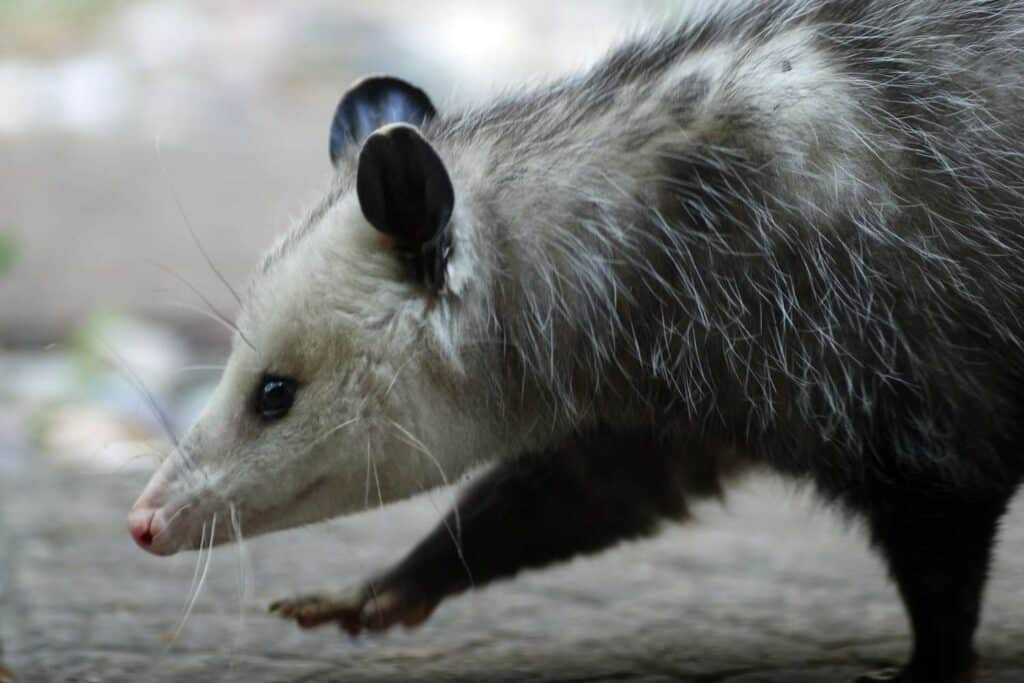
Conclusion
While they may share certain superficial physical characteristics with some marsupial species, a closer examination of their reproductive methods, taxonomic classifications, ecological niches, and behaviors reveals the clear distinctions between these two groups of mammals. Ferrets belong to the family Mustelidae and are known for their carnivorous habits and slender bodies, whereas marsupials represent a unique infraclass within the class Mammalia, characterized by their distinctive reproductive method of bearing relatively undeveloped live young and nurturing them in pouches. Furthermore, ferrets are primarily used for purposes like hunting and pest control, while marsupials encompass a diverse range of lifestyles and ecological roles.
By exploring and appreciating these differences, we gain a deeper understanding of the rich diversity within the animal kingdom. Ferrets marsupials each occupy their own unique place in the natural world, showcasing the fascinating adaptations and evolutionary pathways that have shaped their respective histories. So, while ferrets may intrigue us with their playful antics and curious appearance, they ultimately remind us of the incredible variety of life on Earth, where each species has its own story to tell. The distinction between ferrets and marsupials highlights the complexity of nature’s evolutionary processes and the diversity of life forms that have emerged on our planet. This comparison serves as a reminder of the importance of taxonomy and biological classification in understanding the relationships among different species.
It also emphasizes the significance of reproductive strategies as a defining feature in the animal kingdom, with marsupials standing out as a unique group with their distinctive pouch-bearing method. Moreover, appreciating the differences between ferrets and marsupials sheds light on the broader picture of biodiversity and ecological niches. Ferrets have adapted to excel as agile hunters, while marsupials have evolved to fill a wide range of roles in ecosystems, from herbivores to predators, and from ground-dwellers to tree-dwellers. In our ongoing exploration of the natural world, such comparisons serve as valuable educational tools, enabling us to grasp the intricacies of the living organisms that surround us.

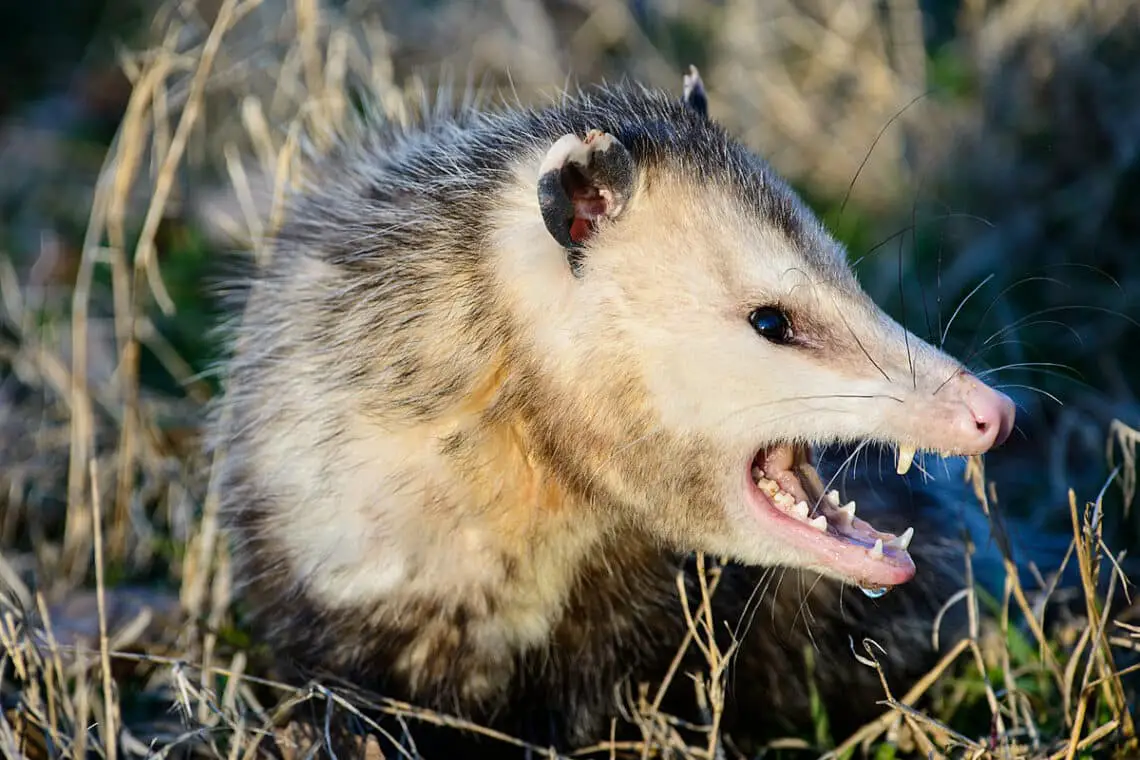
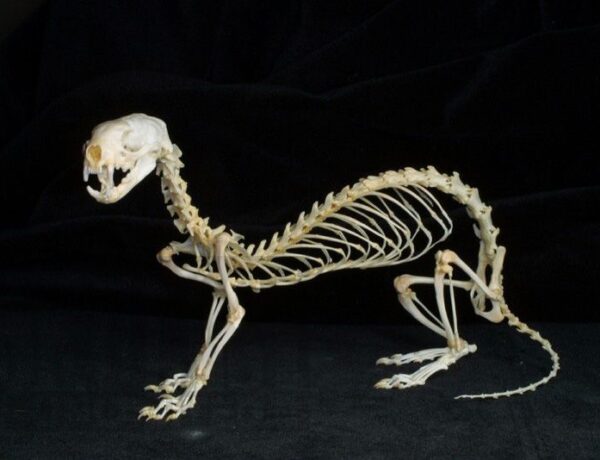
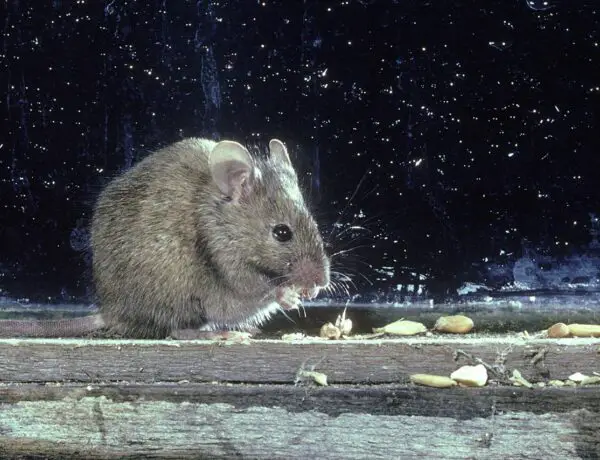
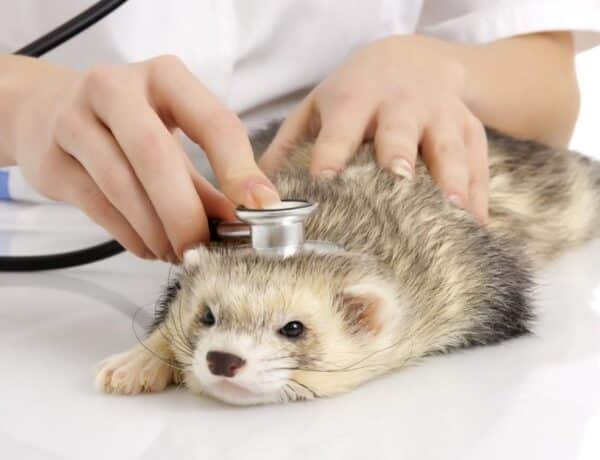
No Comments